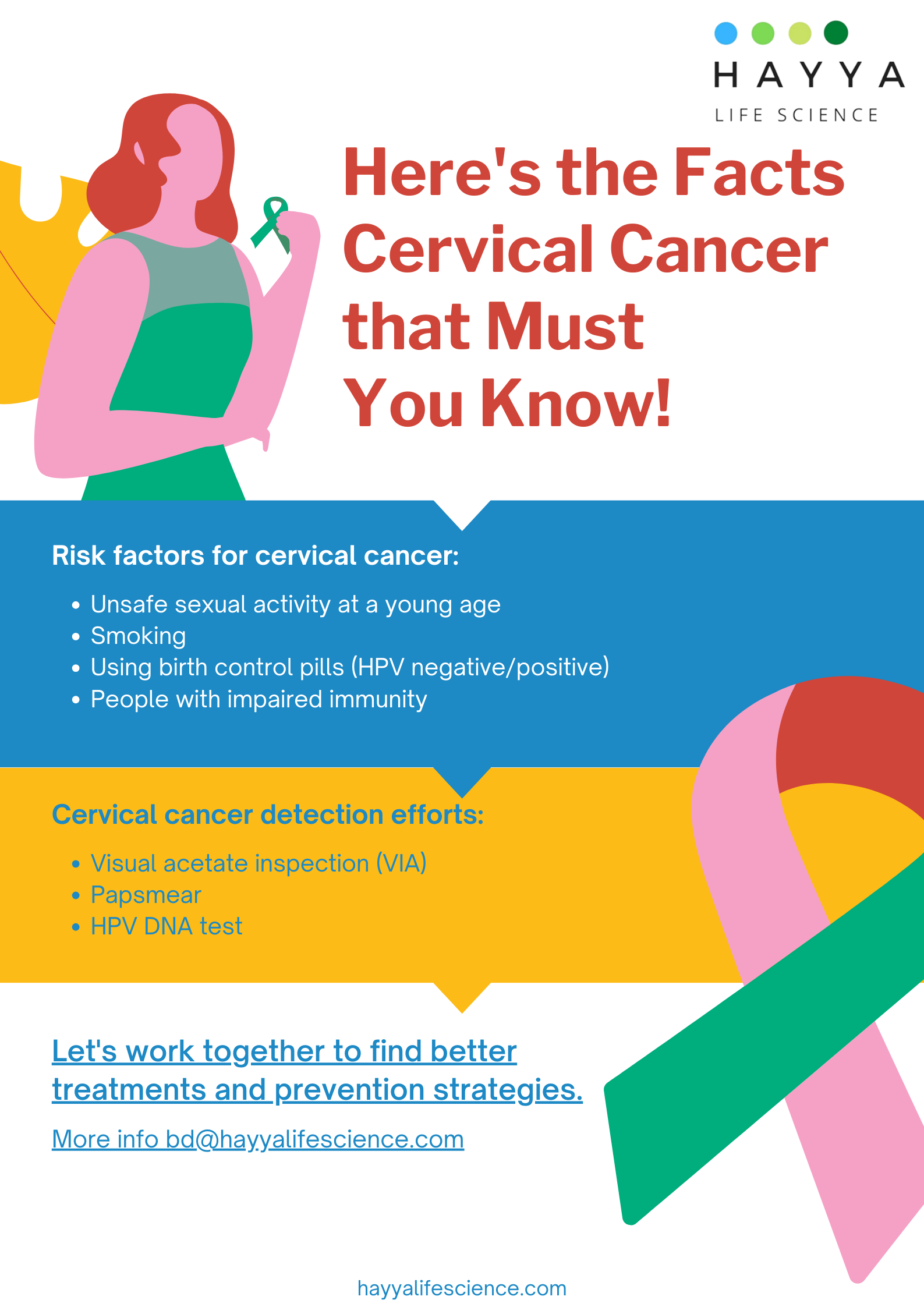
Study of the Development of Cervical Cancer in the World and Especially in Indonesia
Cervical cancer is cancer that develops in the tissues of the cervix or cervix. The cervix is the lower part of the uterus that connects the uterus with the vagina. Cervical cancer is caused by human papillomavirus (HPV), a virus transmitted through sexual intercourse. Cervical cancer is one of the most common cancers in women worldwide. According to the World Health Organization (WHO), every year there are about 570,000 new cases of cervical cancer and 311,000 deaths from cervical cancer. [1] In Indonesia, cervical cancer is the most common cancer in women, with about 36,000 new cases and 21,000 deaths each year. [2] Research on the development of cervical cancer in the world shows that cervical cancer can be prevented and treated effectively. However, there are still many challenges to reduce the incidence and death from cervical cancer worldwide. One of the biggest challenges is the low public awareness of cervical cancer. Many women do not know the risk factors or early signs and symptoms of cervical cancer. As a result, many women do not detect cervical cancer at an early stage, so that cervical cancer is only diagnosed at an advanced stage. Another challenge is the availability of quality health services, especially in developing countries. Many women in developing countries do not have access to Pap smear test services, which are the most effective way to detect cervical cancer at an early stage.
Study of the Development of Cervical Cancer in Indonesia
One of the efforts to reduce the incidence and death rate of cervical cancer in Indonesia is to increase public awareness about cervical cancer. The government has conducted various cervical cancer awareness campaigns through various media. In addition, the government has also provided training to health workers to improve early detection of cervical cancer. [3] Another effort to reduce the incidence and death rate of cervical cancer in Indonesia is to increase access to quality health services. The government has built a number of health facilities, including puskesmas and hospitals, that offer Pap smear test examination services. In addition, the government also provides subsidies to cover the cost of Pap smear tests for people who do not want to doso.
Conclusion
Research on the development of cervical cancer in the world, especially in Indonesia, shows that cervical cancer can be prevented and treated effectively. However, there are still many challenges to reduce the incidence and death from cervical cancer worldwide. Some of the challenges faced by Indonesia include low public awareness of cervical cancer, lack of access to quality health services, and lack of health workers trained to detect cervical cancer early. Addressing these challenges requires a coordinated effort from multiple parties, including governments, communities, and health professionals. The government must raise public awareness of cervical cancer and increase access to quality health services. The public needs to increase knowledge about cervical cancer and conduct early detection of cervical cancer regularly. Health workers need to improve their knowledge and skills in conducting early detection of cervical cancer.
Reference
[1] World Health Organization: https://www.alodokter.com/ini-ciri-ciri-kanker-serviks-yang-perlu-anda-waspadai: Cancer Fact Sheets: Cervical cancer
[2] Ministry of Health of the Republic of Indonesia: https://p2ptm.kemkes.go.id/infographic/apa-saja-gejala-kanker-serviks-kanker-leher-rahim: Cervical Cancer
[3] Indonesian Cancer Foundation: https://www.facebook.com/yayasankankerid/videos/yayasan-kanker-indonesia-kanker-serviks/417496256067937/: Cervical Cancer